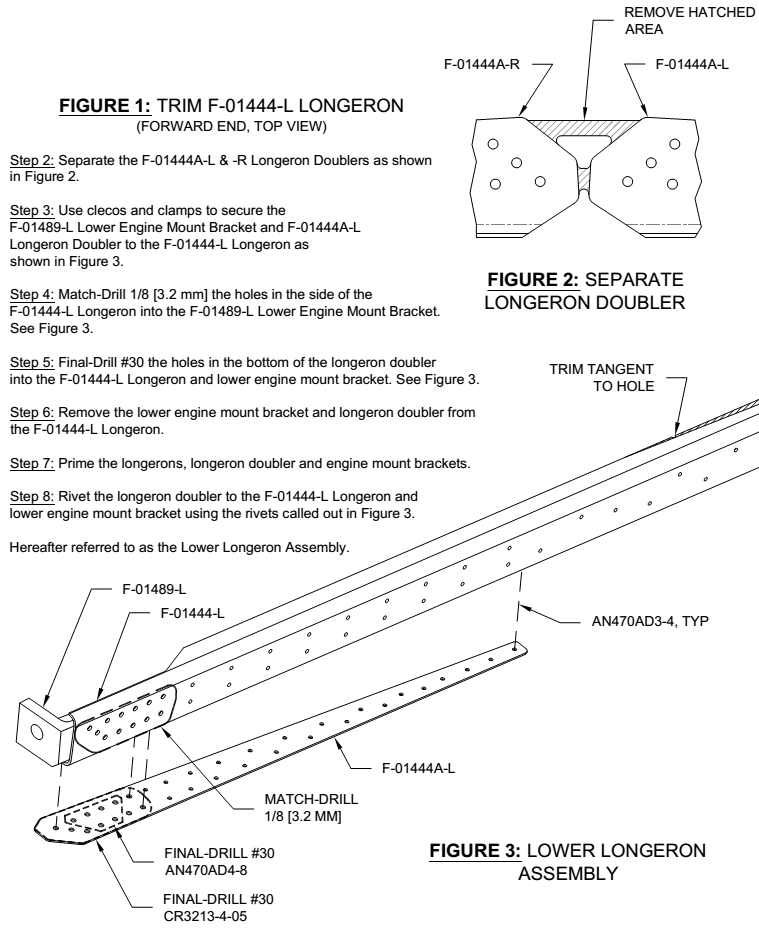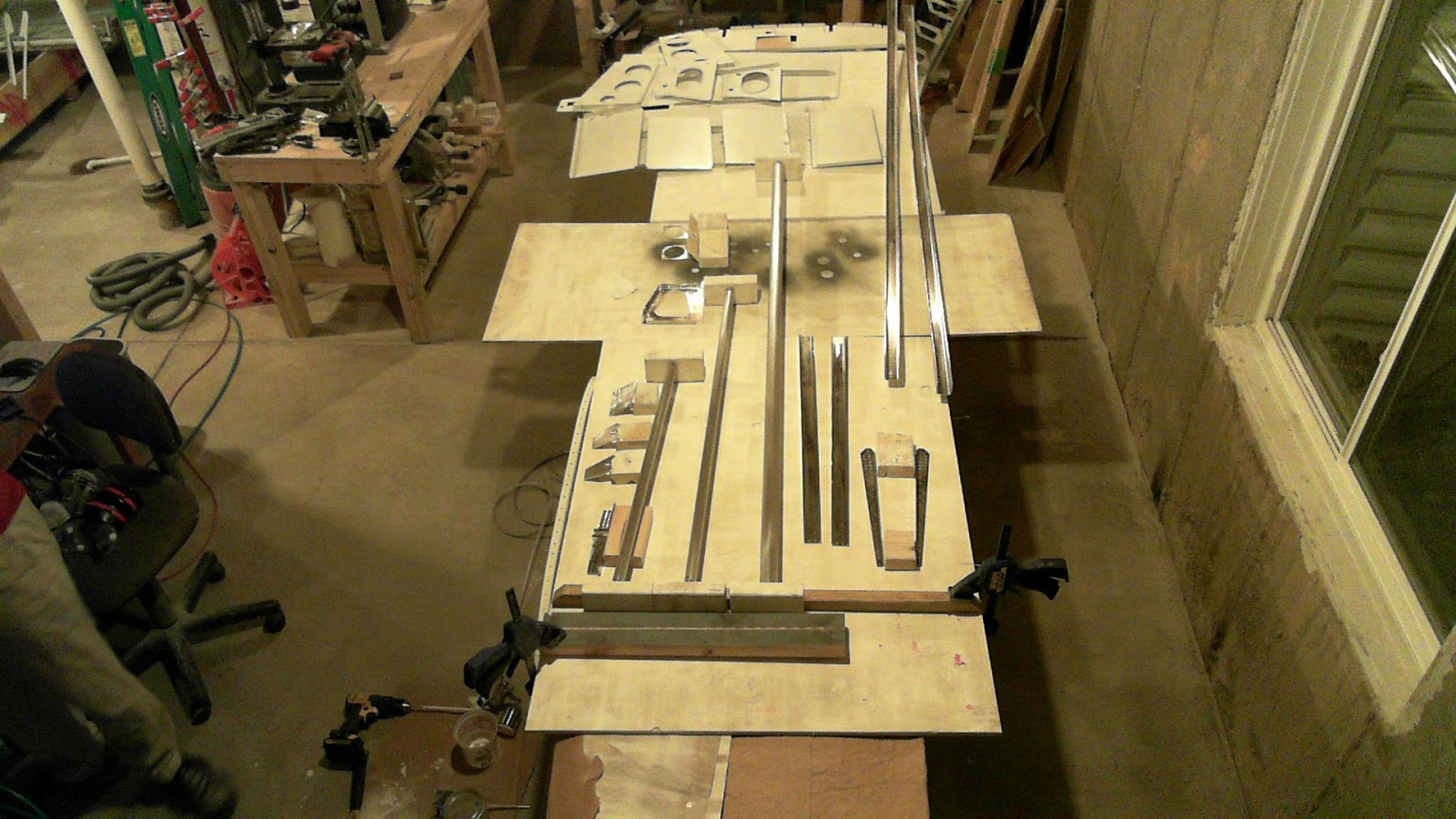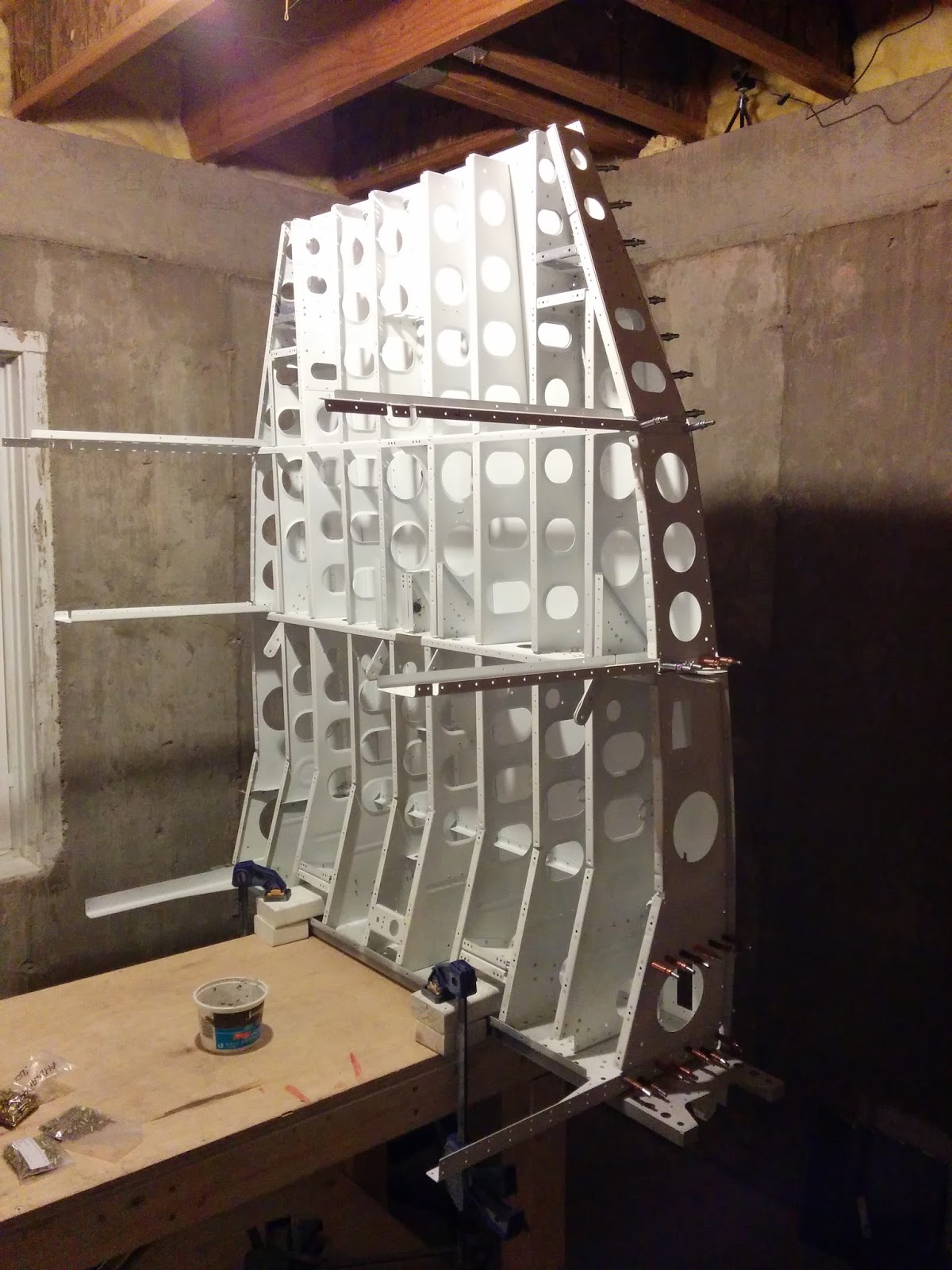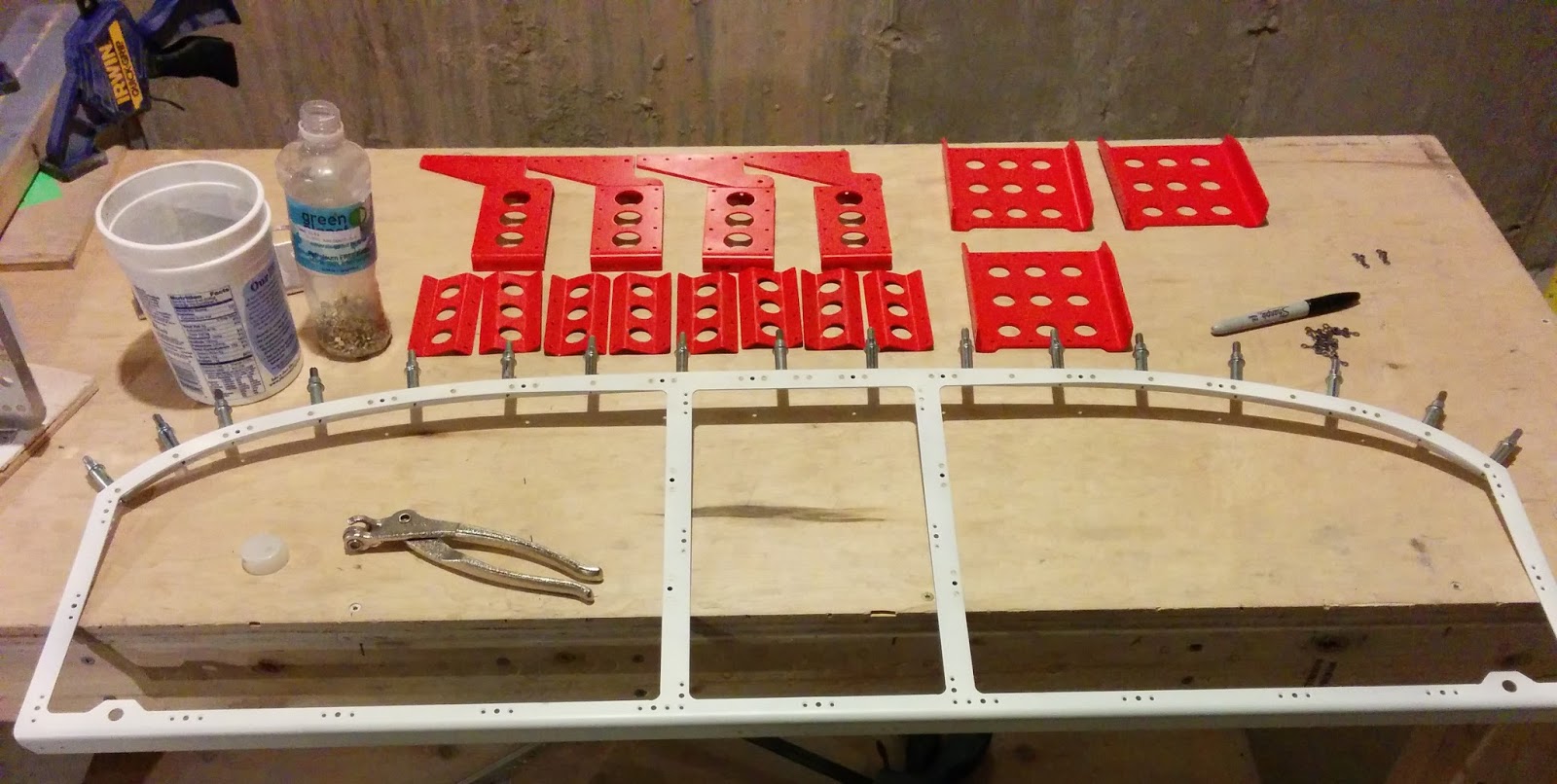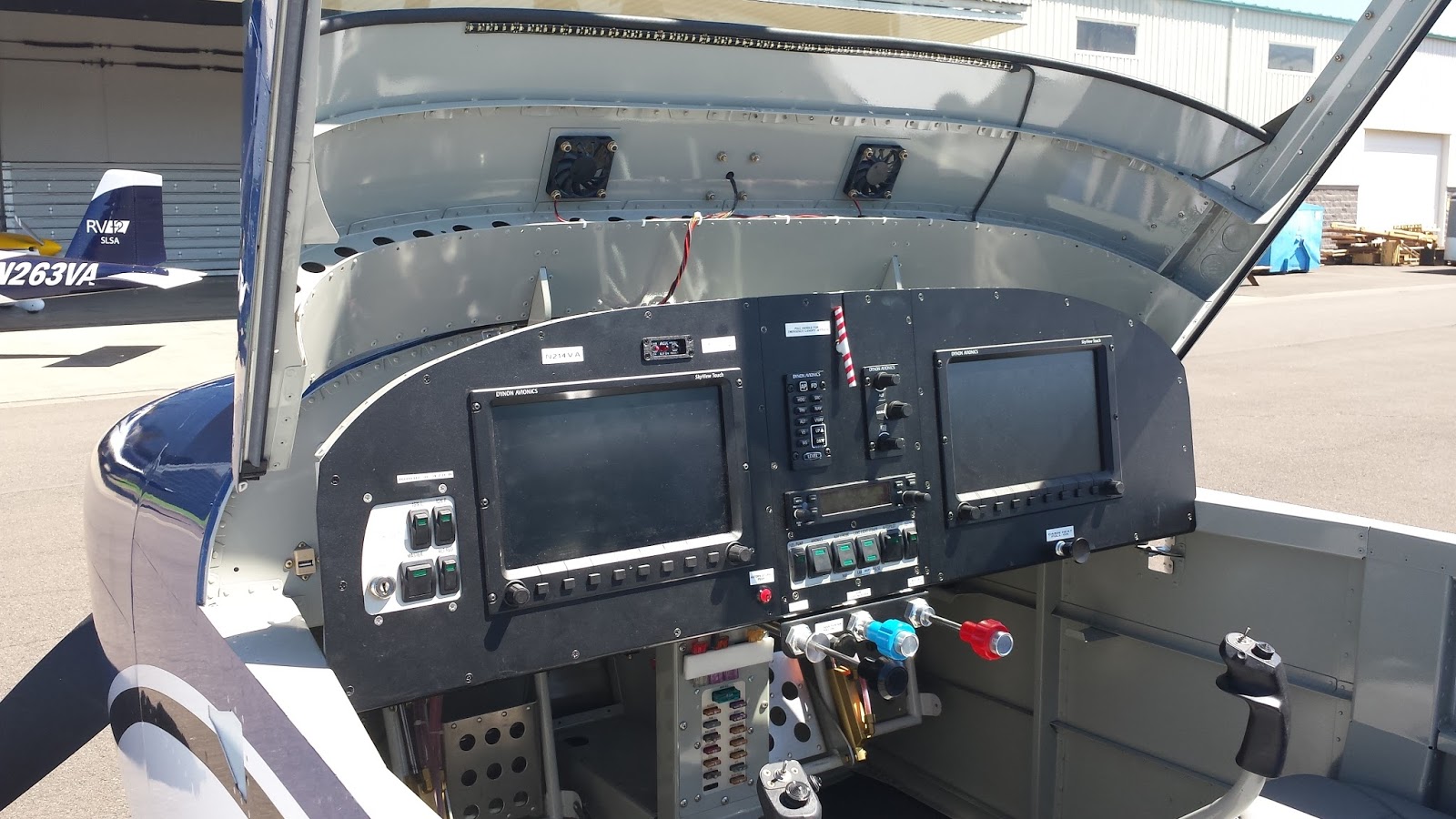Following the original preperation of the F-01418A-L/R upper longerons, it was time to continue their plight.
On first look, the F-01488-L/R upper engine mounts seem identical. However if you inspect them carefully, you'll notice the forward face has a very slight angle to the vertical. Stare at it long enough and you'll see it. So, it's easy to interchange these parts even after match drilling. I happened to lose track of -L/R during priming. Below is a disambiguation image provided to me by Van's. Note: In the image, the part is oriented upside down relative to installation.
On first look, the F-01488-L/R upper engine mounts seem identical. However if you inspect them carefully, you'll notice the forward face has a very slight angle to the vertical. Stare at it long enough and you'll see it. So, it's easy to interchange these parts even after match drilling. I happened to lose track of -L/R during priming. Below is a disambiguation image provided to me by Van's. Note: In the image, the part is oriented upside down relative to installation.
Below shows the right side mount upside down (bottom side facing upwards) with its forward face against a 90 degree edge. You can see the 90.6° angle subtly subtended by the two edges via noting the progressively larger gap going upwards.
Left F-01418A-L upper longeron and engine mount installed, top (left) and bottom (right).
Right F-01418A-R upper longeron and engine mount installed, top (left) and bottom (right). The forward-most CherryMax on the top (left) isn't ideal however it does meet the spec (page 14 of the CherryMax Process Manual).
I had fastidiously labeled each side, but following the priming process, like with the upper engine mounts, I lost track. Luckily, I had some pictures of a fuselage in progress at Van's which made it clear to me how to orient the parts (further confirmed on VAF). Below shows the proper way.
When I went to put in the CR3213-4-5 CherryMAX rivets, having little experience with them and being calibrated to standard AN426/470AD4s, I thought the Cherrys(ies?) looked too short for the material thickness.
After learning about CherryMAX rivets from this Cherry Aerospace pdf,
I found that the "-5" indicated a maximum grip length of 5/16".
Measuring the thickness of the parts found 0.285" which is 4.56/16".
Thus a -5 is the appropriate length given that the next smaller size is -4, making it too short.
Completed lower longeron assemblies showing the F-01489-L/R lower engine mount brackets. Interesting CherryMAX shop heads. They appear to be acceptable (page 14 of the CherryMax Process Manual).

